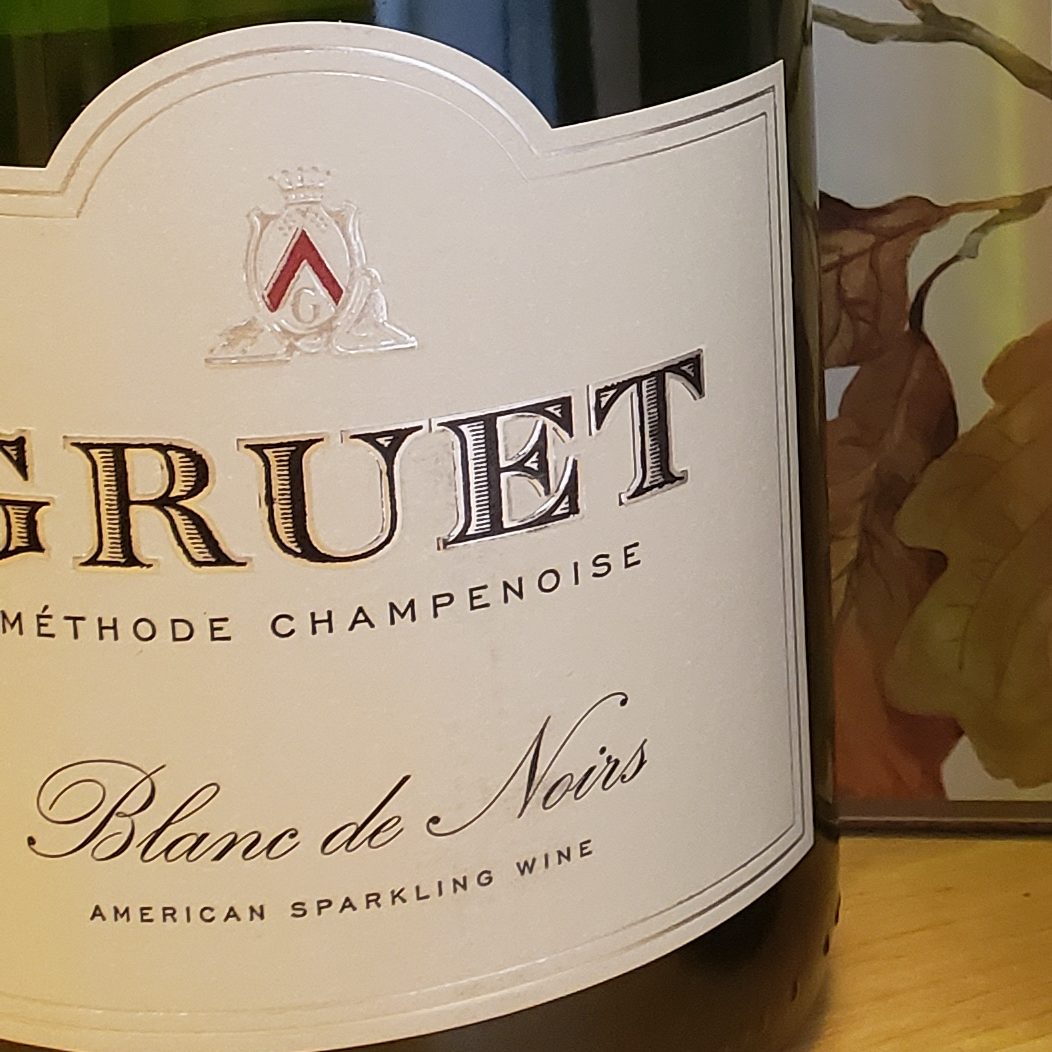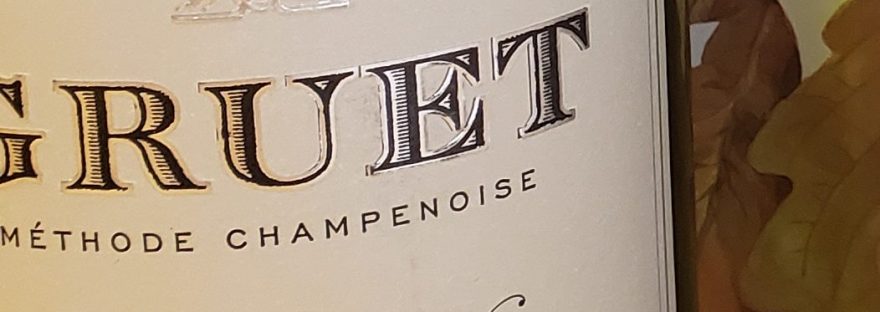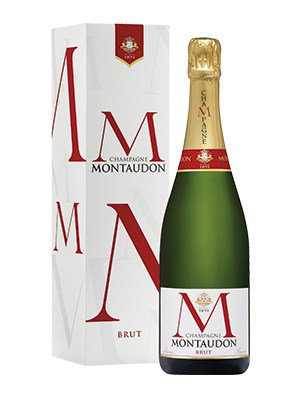A Quick Guide to Bubbles for Your Holiday Festivities
While a blanket of cold air and snow descends down upon the US in preparation for Santa’s big night, it is a perfect time to discuss sparkling wine and options for both your Hanukkah, Christmas, New Years, and snow shoveling celebrations. Since I am currently at my beach condo, Mandy and I are kicking our Wine Wednesday 2020 style and chatting via zoom. She is in studio so won’t be able to taste but I have selected some great options that I will be tasting from my very own “southern command post.”
First, I wanted to introduce you to the styles and methods used to make the sparkling wines we will be discussing. If you want to skip ahead to the wines I will be discussing, please click #thewines.
There are two traditional ways for making sparkling wine, three if you include the ancestral method (which is the oldest method and the basis for our first method, known as Méthod Champenoise or Traditional Method.)
Méthod Champenoise
Most folks believe that the 17th century monk, Dom Perignon, was the inventor of what we know as Champagne, however, this isn’t exactly correct. Sparkling wine already existed but Dom Perignon was the Benedictine monk who helped set Champagne region on the path to becoming one of the leading wine producing regions in the world. He was the first to understand that the early freezes the region experienced in October led to the fermentation process occurring in the wine into a dormant phase and that once it warmed up enough in the spring, secondary fermentation began.
Perignon also brought in Pinot Noir because of its ability to survive the colder weather of Champagne and he was also the first to start creating the blends we know today of Pinot Noir, Chardonnay, and Pinot Meunier, that form the famous bubbles. He was the first to use wine from different years to ensure that even when the weather effected production, he could still make quality wines, thus creating the “non-vintage” concept. He was also able to start marketing the wine to the nobility and wealthy of both France and England, bringing respect and money to the region that until his involvement, had been considered a producer of cheap sweet wine.
It wasn’t until the 19th century when the Widow Clicquot, aka Veuve Clicquot, fine-tuned the process to produce the clear, gorgeous wines we enjoy today. She developed the process known as “riddling” that slowly brought the bottle into an upside-down position and allowed wine makers to remove the dead yeast cells following the secondary fermentation and sur lee period known as “disgorgement.” At this point, she would normally add a “dosage” of sweetened wine (thus the Veuve Clicquot we have today does have a slight note of residual sugar) to top off the bottle once the expended yeast cell plug is removed. It is during this step that the amount or brix of sugar is determined, and the dryness level assigned. Here is the order of dryness beginning with the driest label (Brut Nature) to sweetest (Doux.)
Brut Nature: 0-3 grams/Liter of sugar
Extra Brut: 0-6 g/L
Brut: 0-12 g/L
Extra Sec: 12-17 g/L
Sec: 17-32 g/L
Demi-Sec: 32-50 g/L
Doux: 50+ g/L
Now, the French word for dry is “Sec,” but don’t let that confuse you when you see it on your bottles of bubbles. If you prefer your wines dry, you definitely need to look for the word “Brut,” which means raw and unrefined and thus indicates that sugar is not added, so you will not find any residual sugar in these wines. These wines can age anywhere from a few months to several years in the bottle.
Charmant Method
Now, the Italians developed their own sparkling wine method that does not conduct secondary fermentation in the bottle but instead in tanks that was developed by Frederico Martinotti in 1895 but perfected by French wine maker Eugene Charmant in 1907. By conducting the fermentation in stainless steel tanks and racking the wine off of the expended yeast cells, the result is a crispier and lighter wine that doesn’t have the brioche, almond, biscuity notes often associated with Traditional Method wines. It was also less time consuming usually aging for a few weeks to a few months at the most, making it a much more cost-effective method as well. The wines produced using this method that are most famous are going to be Prosecco, Lambrusco, and Spumante.
Opening and Serving
Most folks associate the pop of a cork and bubbling over of wine with the fun of bubbles but this is actually not ideal and I recommend avoiding if possible. First of all, the cork popping can be dangerous! Corks can move from 40 to 100 miles per hour so they can cause quite a bit of harm if you aren’t careful when opening (and please, please…do not shake them before opening no matter how much fun you think it will be.) Further, if you have spent a lot of money on your bottle of bubbles, you don’t want to waste that wine with spillover of bubbles. So, in order to avoid putting an eye out and losing precious liquid gold, follow this simple steps:
- Chill, baby, chill: even if the wine is sitting in a bucket of ice, you need to make sure the ice goes all the way up the neck to ensure the wine in the neck is also super cold. You want the wine 45 degrees or lower before popping the cork.
- Remove the foil and then carefully the cage. Once the cage is loose enough to remove, slide your thumb onto the cork to ensure it doesn’t pop on you unexpectedly. That is a great way to take cork to the face if you aren’t paying attention!
- Hold onto the cork and then twist the bottle. You will fill the pressure release and then the cork will easily slide out. No eyes poked out or wine lost. You get an A on your sommelier service exam!
- Pour into tipped champagne flutes. The flute shape allows the constant bubbling of the wine that we want with our bubbles.
The Wines
Borrasca Prosecco D.O.C Rosé: with floral notes and hints of granny smith apple, this crispy wine is a great one for your holiday brunch table or to toast the New Year. It is light on the palate and delightfully refreshing. The DOC (Denominazione di Origine Controllata) label indicates that this wine is 85-90% Glera grapes (the grape used to make Prosecco) and 10-15% Pinot Noir. This is a great wine for a Mimosa or Bellini bar or if you are enjoying ham, turkey, or roasted chicken. I love Prosecco to wake up the taste buds so it is a wonderful wine with an appetizer or amuse bouche course, especially shellfish.
Standford Governor’s Cuvée Brut, Charmat Method Sparkling wine yet called “California Champagne,” this light bodied and crisp wine would be my recommendation for mimosas on Christmas morning. It is a refreshing wine that offers simple notes of peach and lemon but is extremely…extremely affordable. Squeeze out some orange juice and use this to help with wrapping (or unwrapping) gifts.
Rondel Cava Brut: this Spanish version of Champagne is made in the traditional method but is often made with the Spanish grapes of Macabeo, Xarel-lo, Parellada, the grapes commonly found in Catalonia, Spain. It is a great alternative to Champagne thanks to its affordability and crowd-pleasing pleasant notes on the palate. This particular Cava presents with bright acidity and citrus notes with lingering elements of apple, pear, and stone fruits such as peach and apricot. This would be a fantastic wine to offer guests if you are serving a country ham, fondue, or with a crab bisque. This is also a wonderful wine with shellfish and charcuterie board.
Gruet Blanc de Noir Brut: Made in the traditional method from grapes grown in a vineyard just outside Alberquerque, New Mexico, this American wine is made by the Gruet family from Champagne, France, home of the Gilbert Gruet Champagne house. These wines are all certified by the house, guaranteeing their quality, yet range in price from $15 to $22, making them a perfect wine for a holiday party or large gathering. It presents as a classic Champagne with notes of brioche, honeysuckle, green apples, and lemon zest are balanced with popping acidity and beautiful effervescent bubbles. I love this wine with popcorn, roasted chicken, cornbread stuffing, mashed potatoes, lobsters with butter, and oysters. This is my go-to wine in my own home and I highly recommend it. It has received a number of accolades and awards.

Montaudon Reserve Premiere Brut Champagne, A Reims, France, NV: Since 1891, the house of Montaudon has been producing Champagne and their famous red M is known for elegant and beautiful wines. This Reserve Premiere is elegant and subtle and what I would offer for your New Year’s Eve celebrations. It has a gorgeous golden hue in the glass with stone fruit notes and pear on the nose. Full bodied with fine and delicate bubbles, crispy green apple and toasted biscuit on the palate make it perfect for a midnight kiss, baguette with brie, or of course, buttered popcorn.
As we enter in 2023, I will be once again stepping away from wine and doing the Hard 75 challenge with my son. 2022 has made me realize that I need to truly be mindful of the choices I make, so this will be a great way to honor my annual Dry January observation and Lenten observations (Tman and I will be beginning our Hard 75 on 21 January…I will be blogging it, so join in if you’d like to!)
From the southern command post here in North Myrtle Beach, I wish you a Happy Hanukkah, a Merry Christmas, and a blessed 2023.
Cheers,
twy




